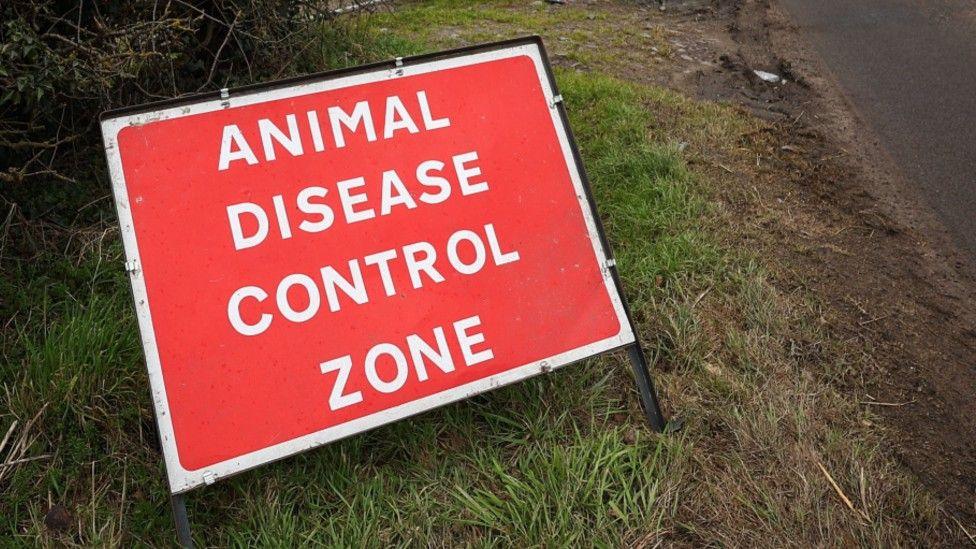Bird flu in seals a first at National Trust site
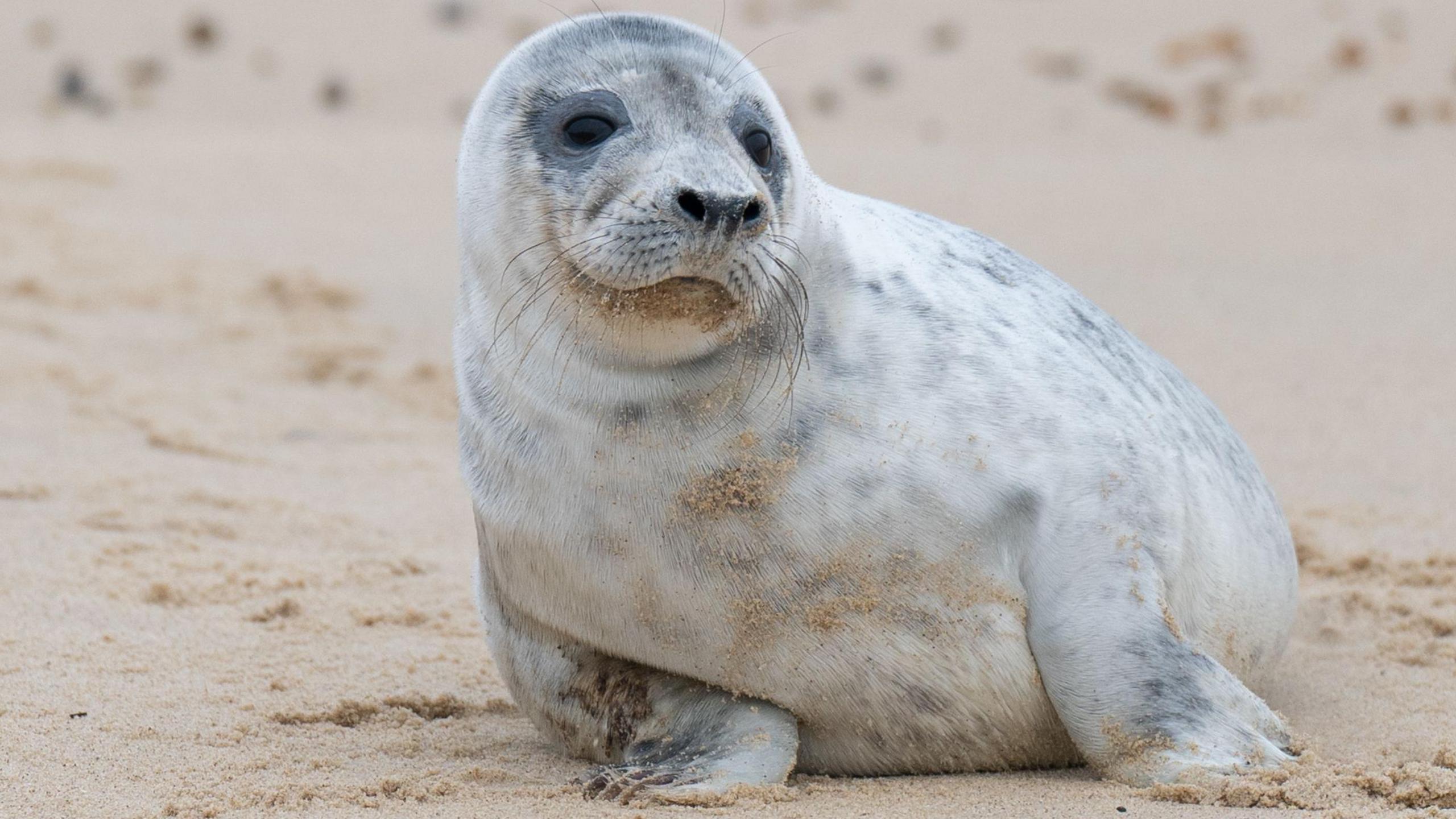
Defra says four seals were found dead at Blakeney Point in Norfolk, including two found to have influenza of avian origin
- Published
The deaths of two seals with bird flu marks the first time the disease has been found in mammals at a National Trust site, the charity has confirmed.
It said influenza of avian origin was detected in two seals at Blakeney Point, Norfolk, after four of the animals were found dead.
In the past four years, there have been eight reports of grey seals, external that had contracted a strain of avian influenza.
"We are working closely with Animal and Plant Health Authority (Apha) and Department for Environment, Food and Rural Affairs (Defra) and keeping the situation under review," said a spokesperson for the National Trust.
"Tests carried out by the Apha has sadly detected a small number of cases of avian influenza within a small number of Great Black-Backed Gulls and two grey seals on Blakeney Point.
"This is the first time a case of bird flu has been confirmed in mammals on National Trust land."
Since 5 November more than 30 outbreaks of bird flu, including two strains, have been detected in England.
Out of these outbreaks, 12 have been confirmed in Norfolk and two protection zones, at Loddon and Snettisham, are currently in force.
What will happen to the seals now?
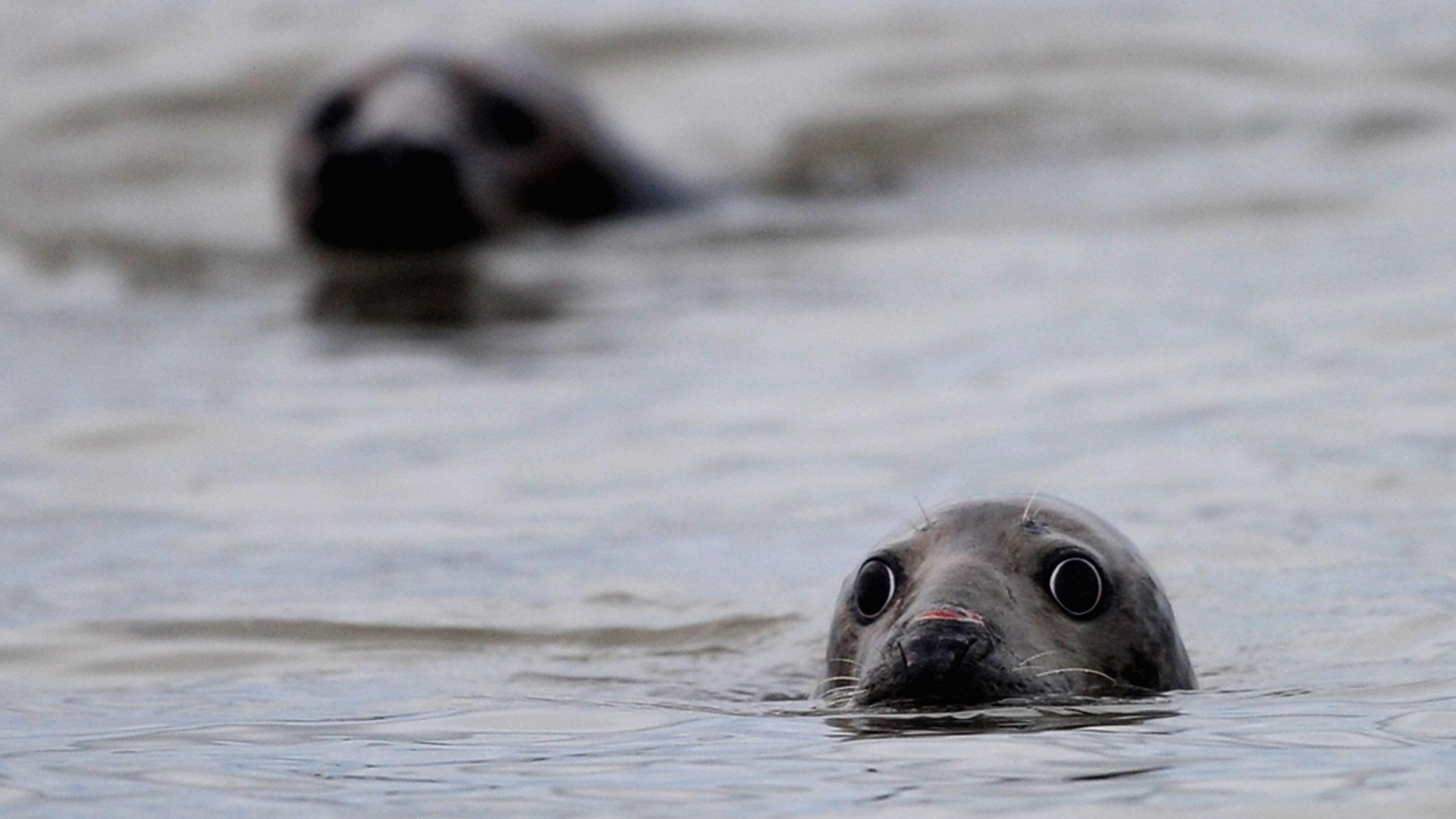
The National Trust has asked dog owners to keep their animals on leads and has asked the public not to go near sick or dead wildlife
Jorge Martin-Almagro, UK deputy chief veterinary officer, said: "Mammals which have had close contact with infected wild birds or contaminated environments can become infected with influenza of avian origin."
Defra said in such cases, animals were not culled and instead the landowner was responsible for monitoring the wildlife and reporting further concerns.
The National Trust said it would work closely with APHA and the Department for Environment, Food and Rural Affairs (Defra) to keep the situation under control.
Blakeney Point is a shingle spit that is home to England's largest grey seal colony.
The National Trust has asked dog owners to keep their animals on leads while on the Point and has asked visitors not to touch dead or sick wildlife.
What are the risks to other wildlife?
Defra said it was uncommon for the disease to be found in seals.
In the past four years, 29 cases of avian influenza have been detected in non-avian wildlife.
Previously, the virus has been reported in several mammals including foxes, otters, seals, dolphins and porpoises, and in animals known to, external scavenge dead or dying birds.
The APHA said there was "no evidence to suggest an increased risk to non-avian wildlife".
What is the risk to humans?
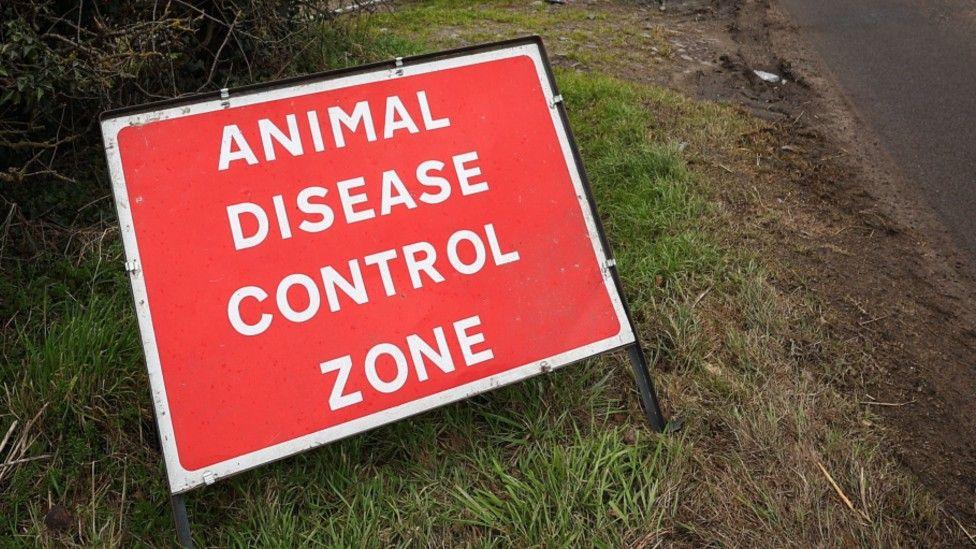
Two protection zones are currently in place in Norfolk including Snettisham and Loddon following detection of avian influenza
The UK Health Security Agency (UKHSA) has said that, due to the virus being primarily a disease of birds, the risk to the public's health is low.
Defra has continued to say the risk to humans remains low, with chicken and eggs safe to eat if properly cooked.
Since the bird flu outbreak in November, the BBC understands almost 1.8 million birds have now been culled.
In addition to the two protection zones in Norfolk, a housing order covering other counties, including Suffolk, is in place, compelling bird owners to keep their flocks indoors.
Get in touch
Do you have a story suggestion for Norfolk?
Follow Norfolk news on BBC Sounds, Facebook, external, Instagram, external and X, external.
- Published19 February
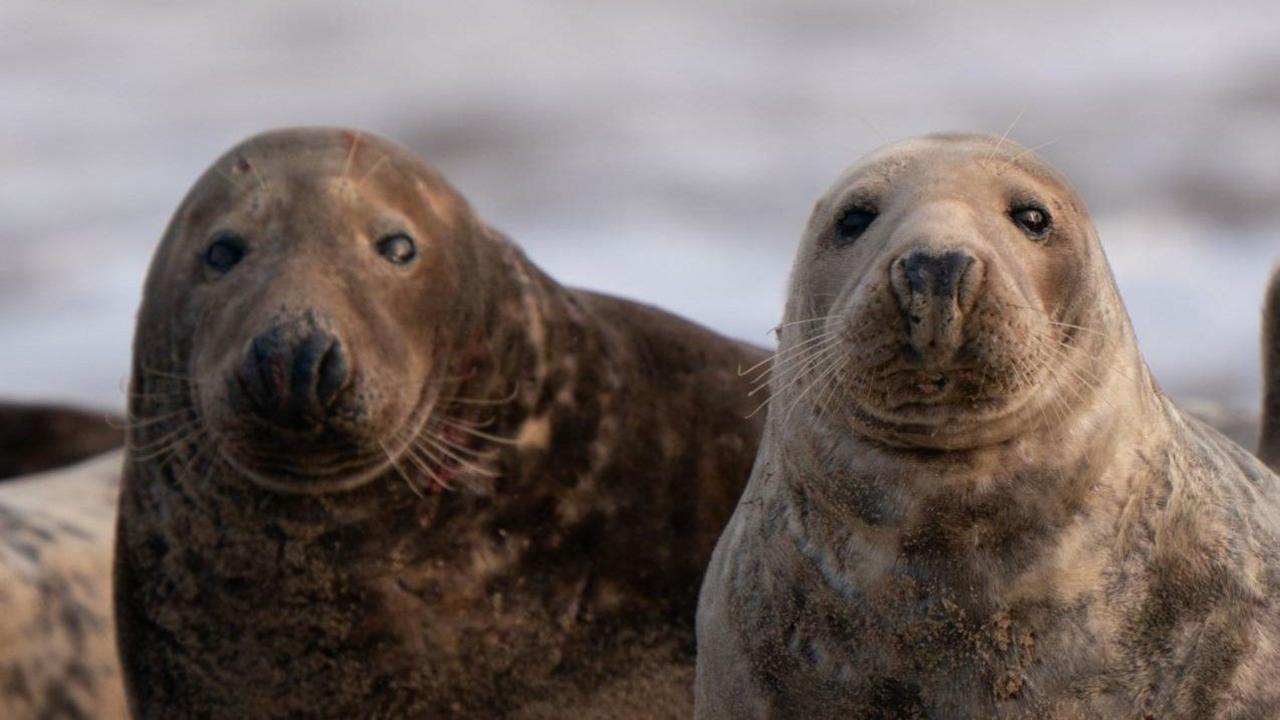
- Published17 February
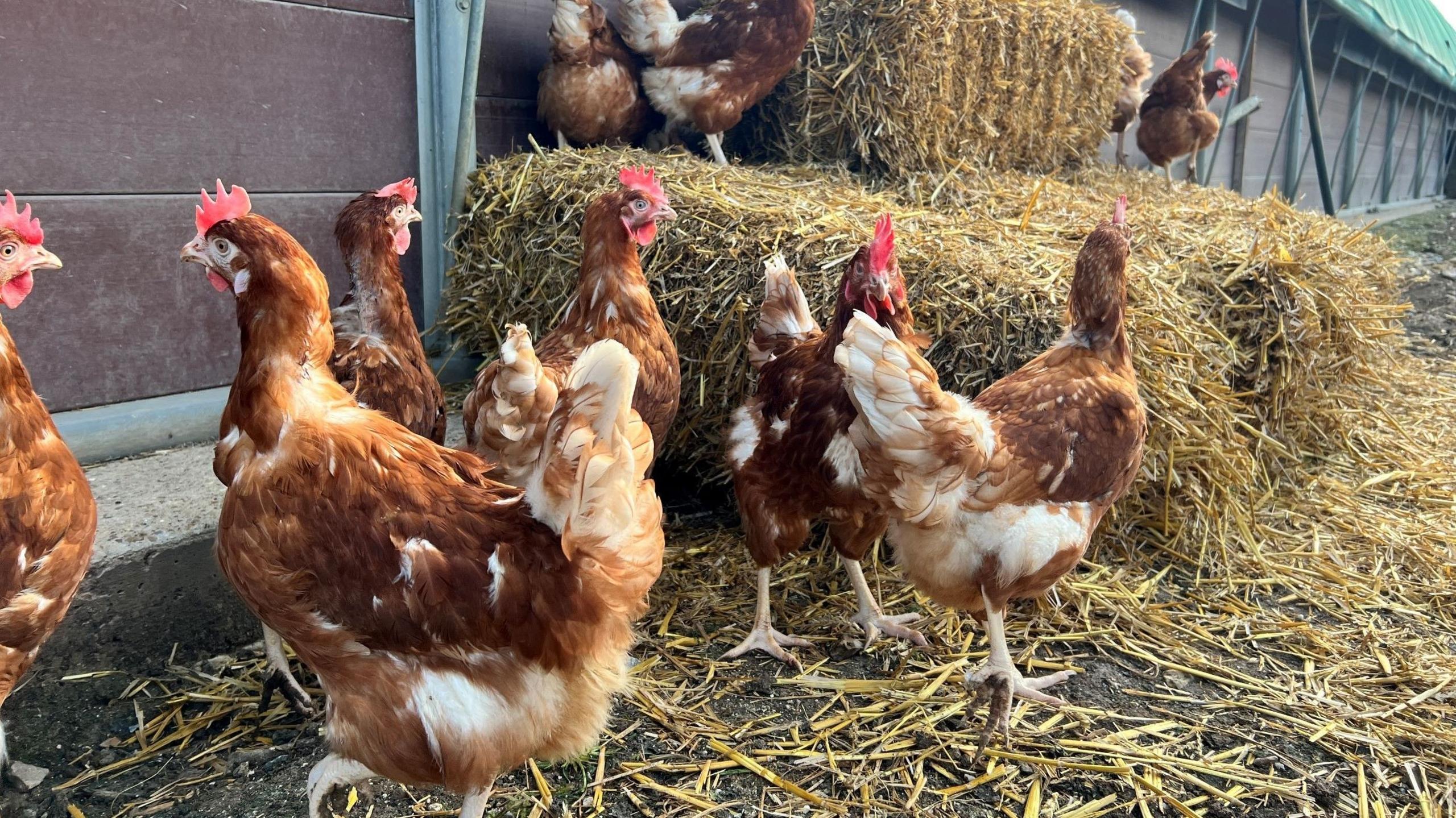
- Published16 February
